He was the youngest son of Robert Bulwer-Lytton, 1st Earl of Lytton, and the grandson of the famous novelist Edward Bulwer-Lytton and Rosina Doyle Wheeler. Neville Lytton was born in India, while his father was viceroy.
He studied in Eton and at the Ecole des Beaux-Arts in Paris. During the First World War, Neville Lytton served as an officer on the Western Front and played an active role especially in the Somme and at Amiens. According to contemporary testimonies1, he is regarded as “an old-school gentleman” and serves “with gallantry and distinction.” For his services, the French government awarded him the distinction of knight of the Legion of Honour.
Shortly after the war ended, the Imperial War Museum and the War Museum in France acquired examples of his art, many of which apparently travelled with him. It is possible to see a fresco of Lytton reflecting his experience of the war on display in the Victory Hall of the village of Balcombe (Western Sussex).
Between approximately 1900 and 1940, Lytton exhibited his works in the most important galleries such as the Alpine Club Gallery, the Beaux Arts Gallery, the Dowdeswell Galleries, the Walker Art Gallery in Liverpool, the New English Art Club, the Royal Society of Portrait Painters and the Royal Academy in London. Lytton was also elected a partner of the Société nationale des beaux-arts de Paris, where he exhibited his works.
He married Judith Blunt, later Baroness Wentworth, in 1899 and divorced her in 1923. From this union were born three children, Noel Anthony Scawen Lytton-Milbanke, 4th Earl of Lytton and 17th Baron Wentworth, Lady Anne and Lady Winifred, inheritance of their maternal grandmother Augusta Ada Byron.
A profile sketch of the count is exhibited at the National Portrait Gallery.
Out of love for a young French woman , Alexandra Fortel , he decides to give up his fortune and his aristocratic life in the United Kingdom.
This work represents a portrait of Alexandra Fortel in 1921.
At the moment of the execution of this portrait, the count is still married to Judith Blunt. The Shawl masks the pregnancy of Alexandra Fortel.
The same year Lady Madeleine Elizabeth Lytton, born in Neuilly-sur-Seine
A few years after his divorce in 1923, he married Alexandra Fortel. The count and his second family lived in France in Paris, rue du Val de Grâce.
The couple will have many friendships in political, artistic and intellectual circles. Especially with Winston Churchill and Theodor Pallady.
Signed and dated 1921
Dimensions: 92 cm x 73 cm
Unsupervised
Plan restorations





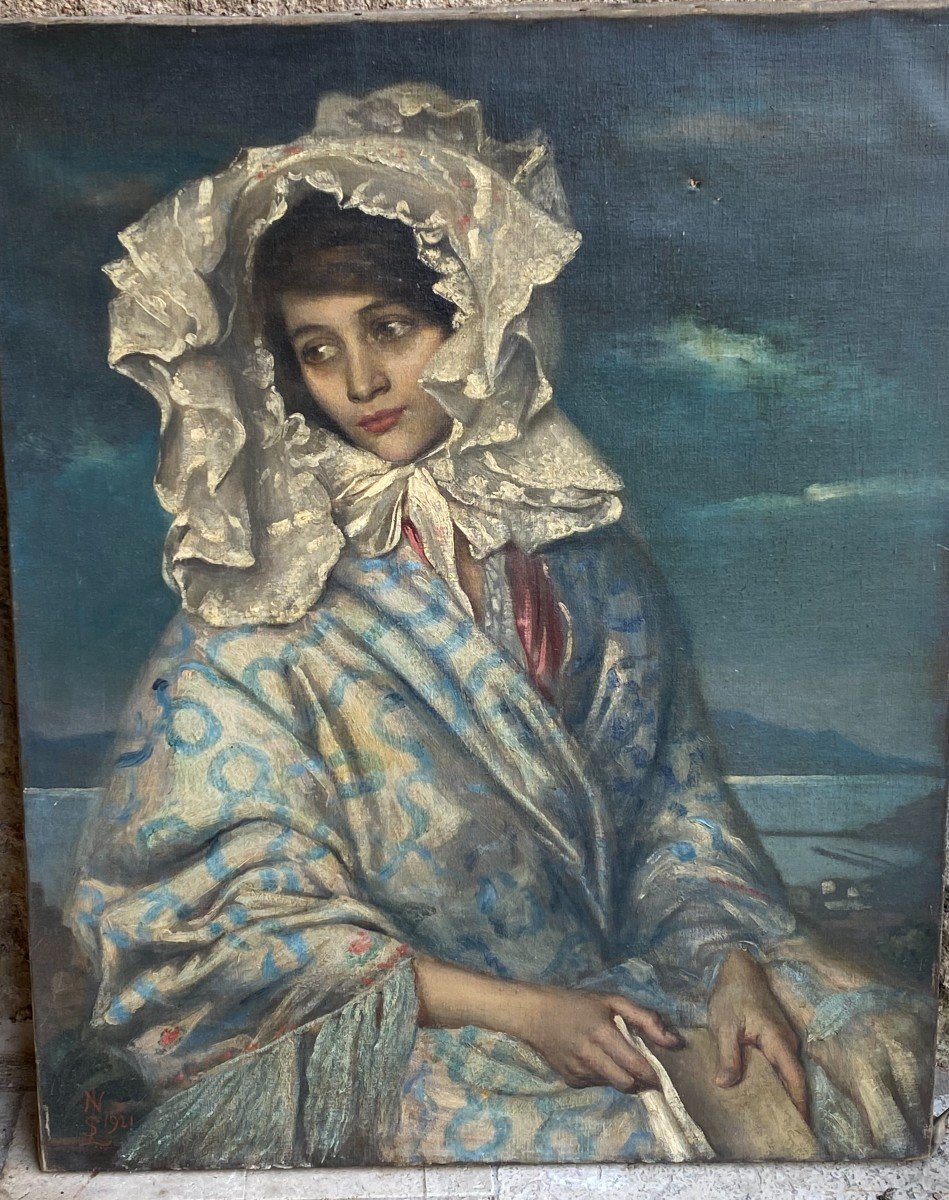
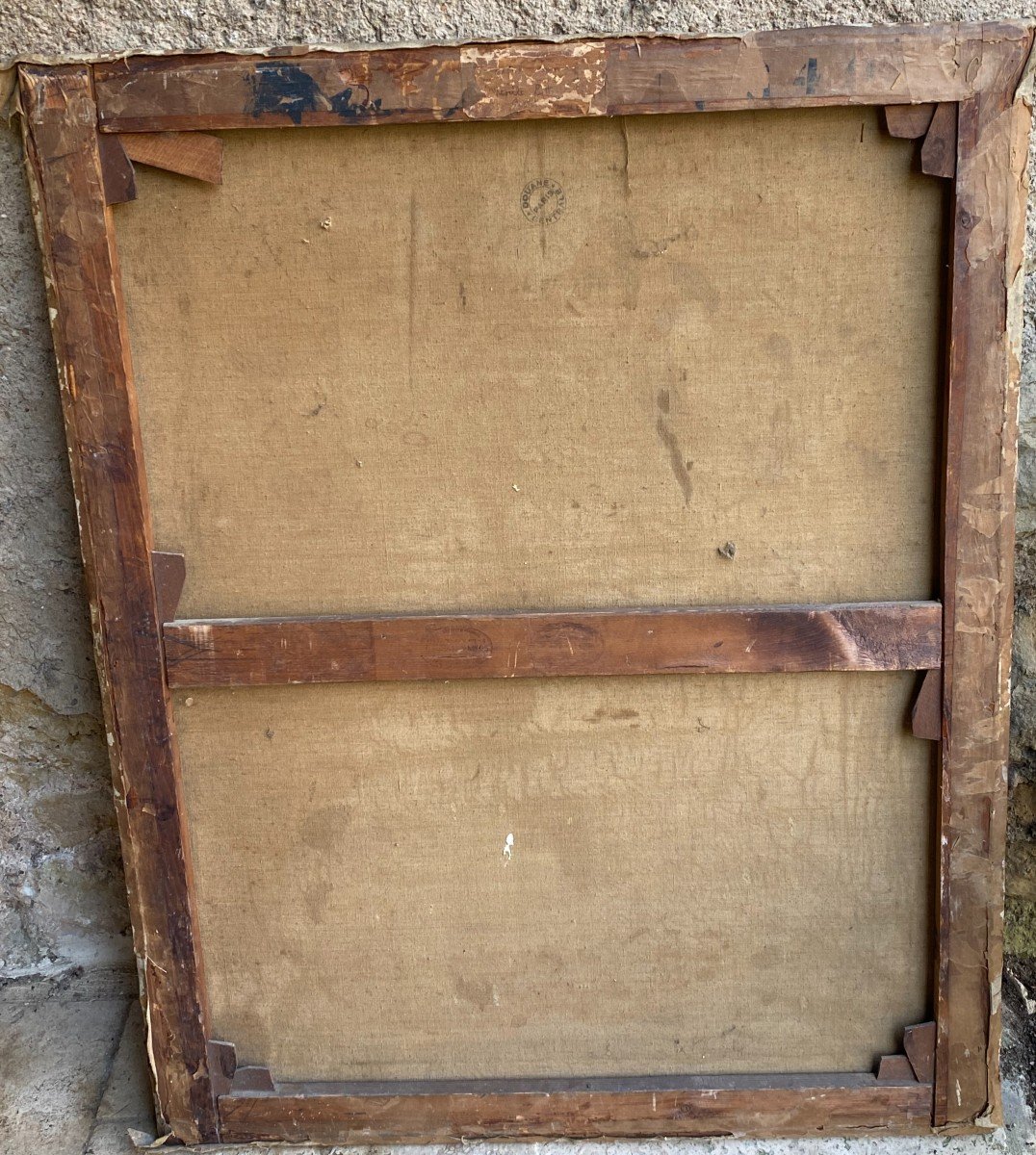
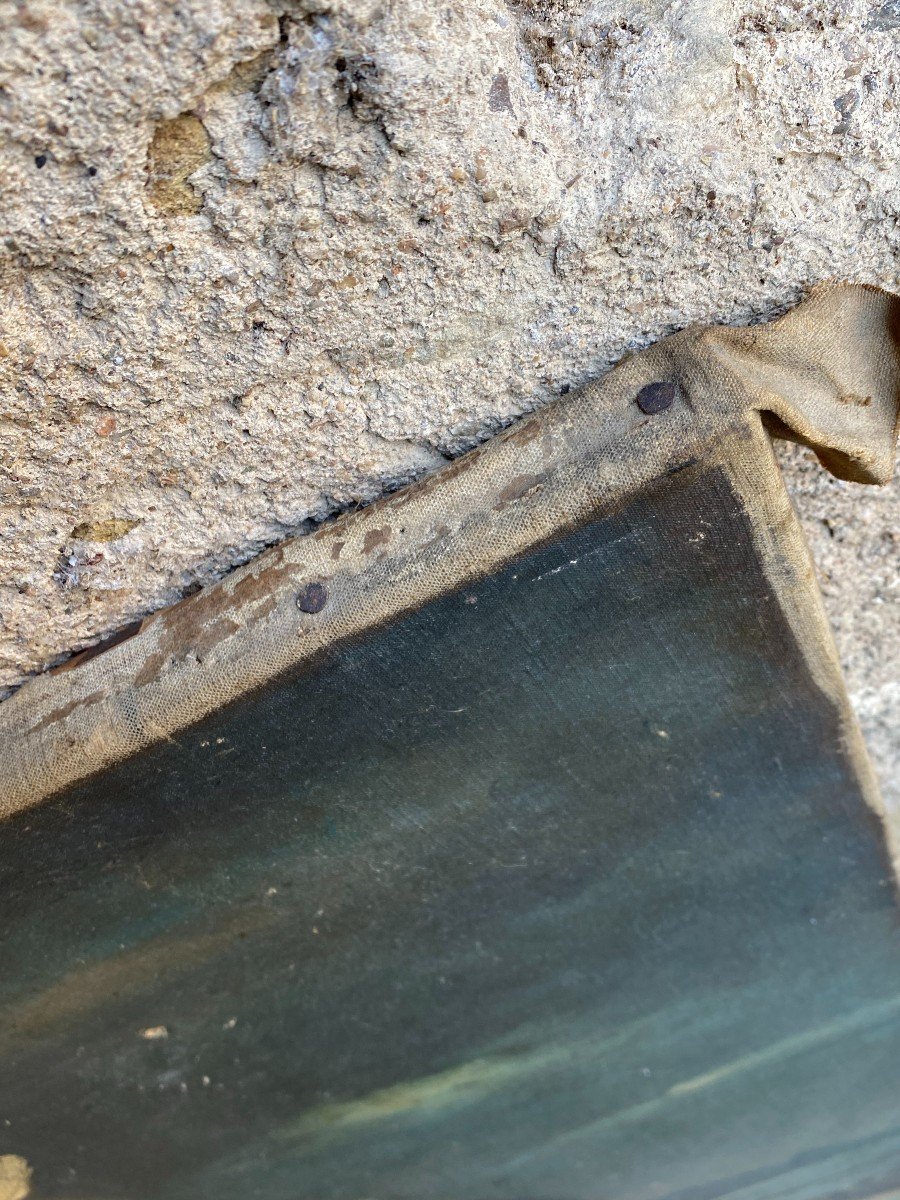
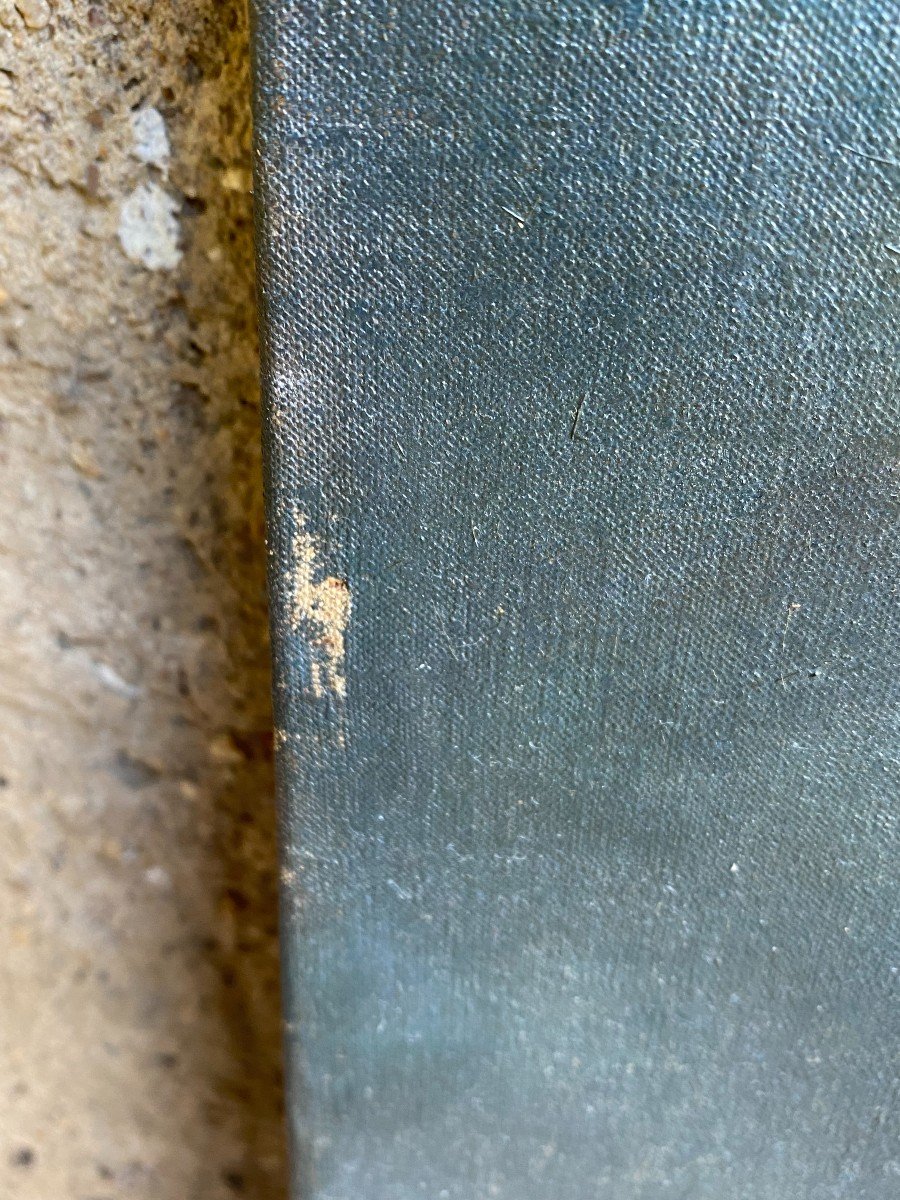
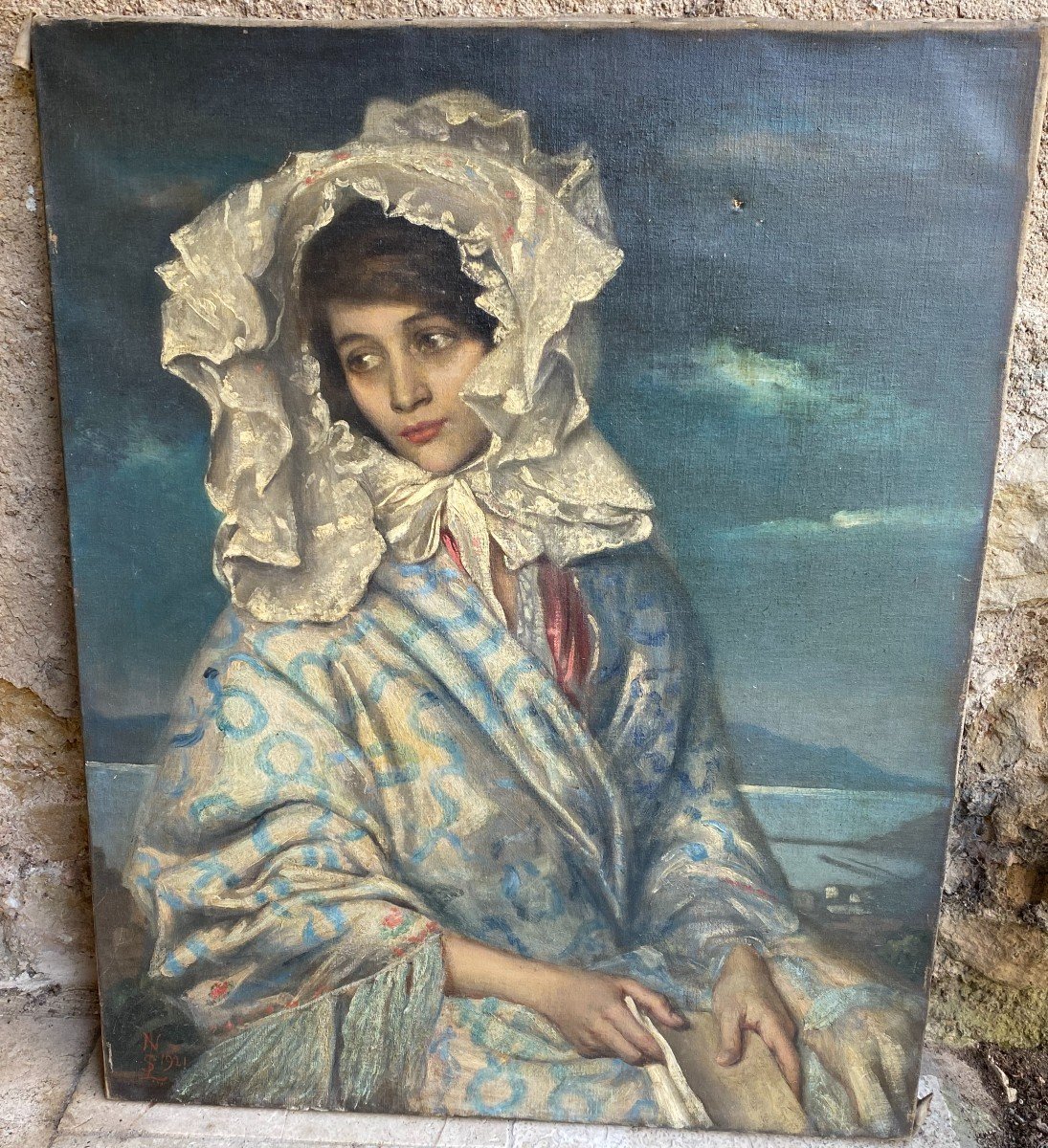
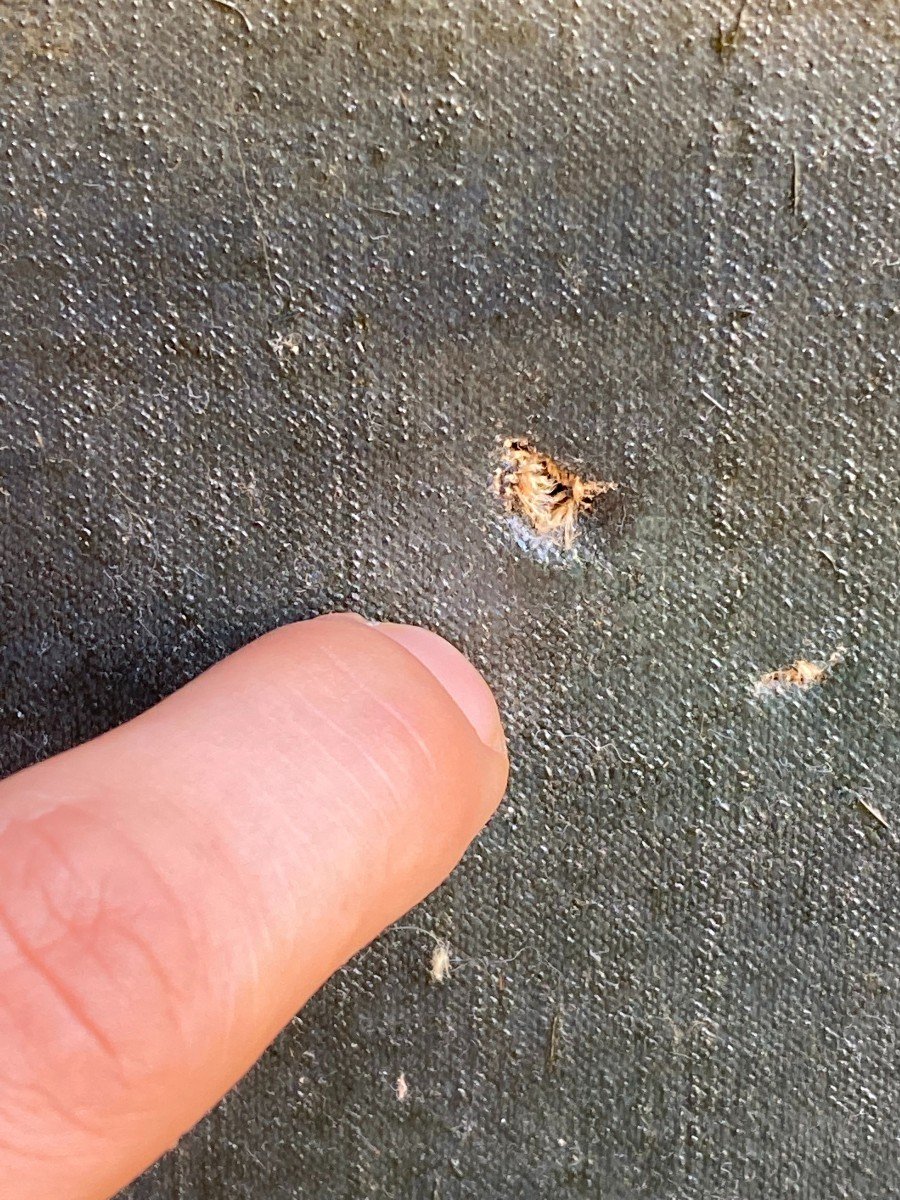
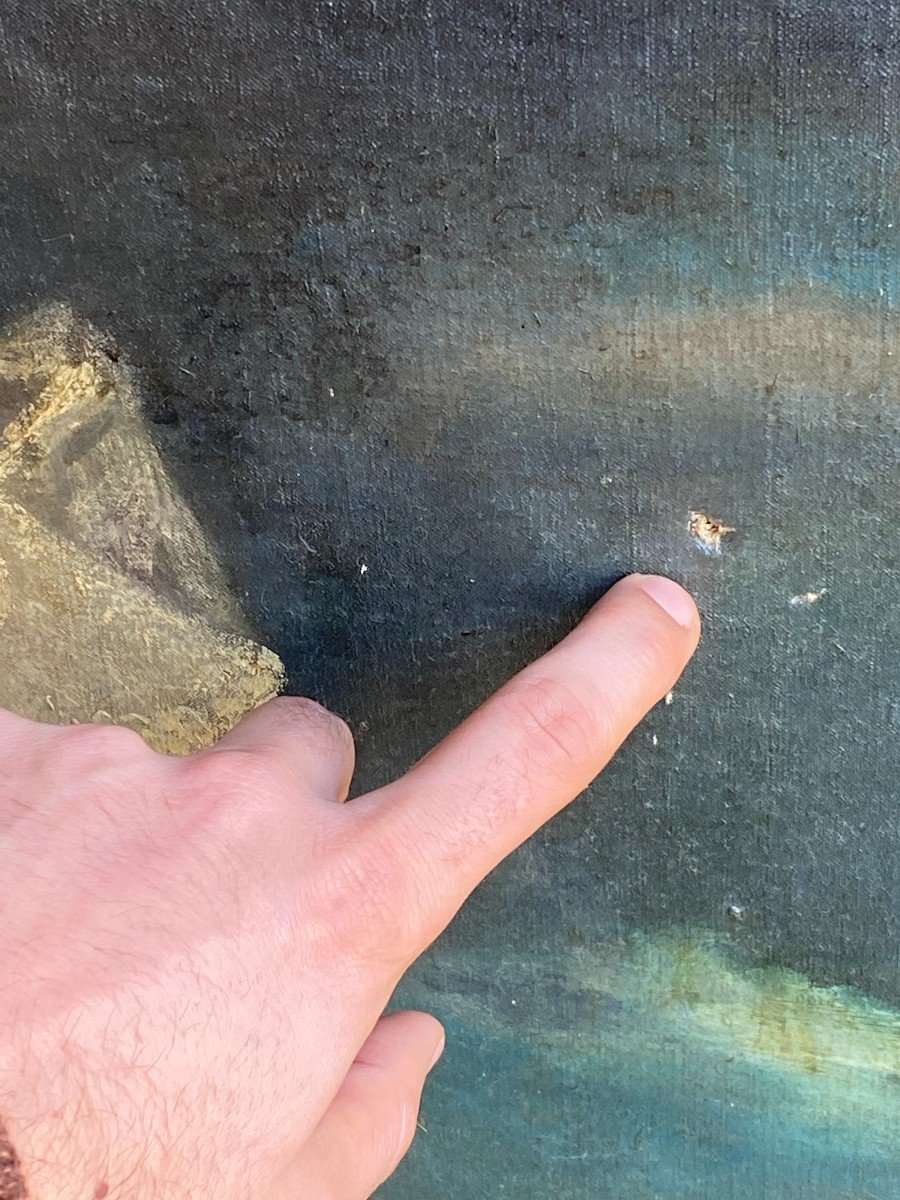











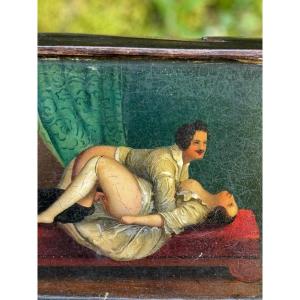
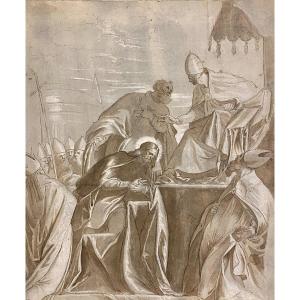



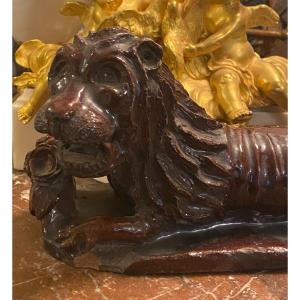
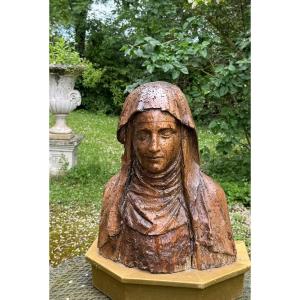
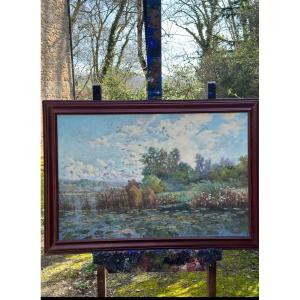


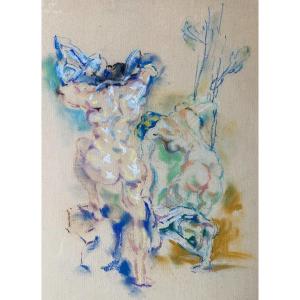


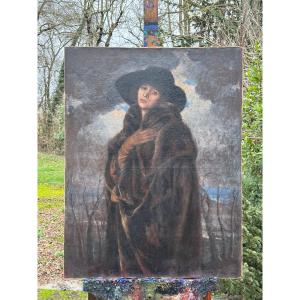
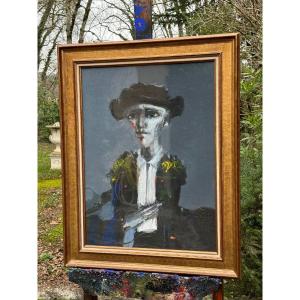



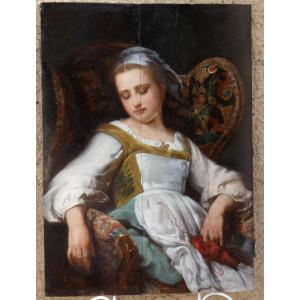
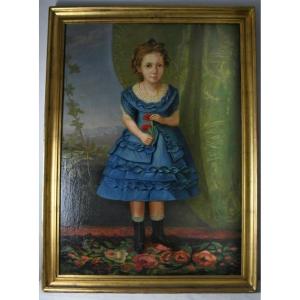



 Le Magazine de PROANTIC
Le Magazine de PROANTIC TRÉSORS Magazine
TRÉSORS Magazine Rivista Artiquariato
Rivista Artiquariato